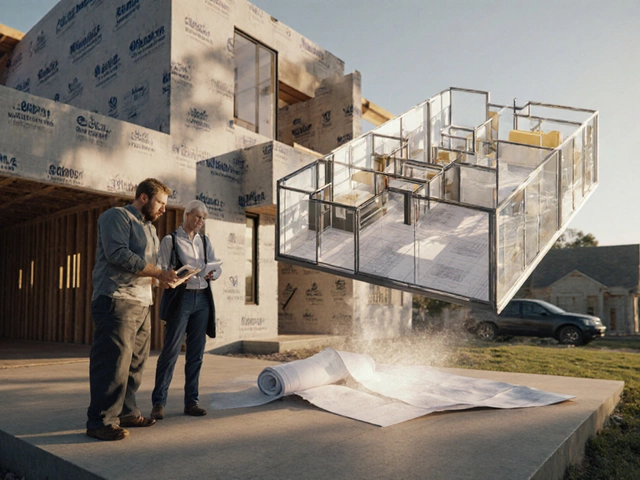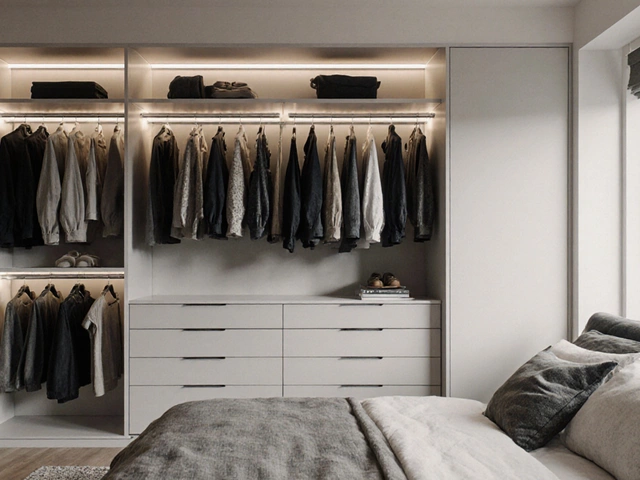Moving Furniture Storage: How to Protect Your Belongings During a Move
When you’re moving, moving furniture storage, the temporary or long-term holding of household items during relocation. Also known as furniture storage during move, it’s not just about finding a space—it’s about keeping your tables, sofas, and antiques safe from moisture, pests, and damage while you transition between homes. Many people assume storage is just a box in a warehouse, but the truth is, how you store your furniture makes all the difference. A poorly packed sofa can warp. A wooden dresser left in a damp unit can mildew. And if you don’t prep your pieces right, you could end up spending more on repairs than you saved on moving.
That’s why long-term furniture storage, keeping items in climate-controlled, secure spaces for months or years needs more thought than a quick rental. It’s not just about locking a door. You need to clean, cover, and elevate your furniture. Use breathable fabric covers, not plastic—that traps moisture. Take legs off tables and sofas to reduce stress on joints. Keep items off concrete floors with pallets or risers. And if you’re storing for more than a few weeks, climate-controlled storage, a type of storage unit that maintains steady temperature and humidity levels is worth the extra cost. It prevents warping, cracking, and mold, especially in places like the UK where weather swings can be brutal.
People often forget that moving isn’t just about trucks and boxes. It’s about planning. If you’re downsizing, storing seasonal items, or waiting for a new home to be ready, knowing how to handle your furniture storage can save you thousands. One client stored a 100-year-old oak dining table for six months in a non-climate-controlled unit. When they pulled it out, the finish was cracked and the wood had swollen. They had to pay a restorer £1,200 to fix it. That’s more than the storage cost for a year. Simple prep would’ve avoided it.
Looking at the posts here, you’ll find tips on home storage management, how to modernize an old table, and how to spot furniture mites—all connected to how you care for your things over time. Whether you’re storing a vintage sideboard or a brand-new sofa, the same rules apply: keep it clean, dry, and protected. The right storage isn’t just a place to put stuff. It’s an extension of your home’s care.
Below, you’ll find real advice from people who’ve been through it—how to pack wisely, what to avoid, and how to choose a storage provider that won’t leave your furniture worse off than when you moved it out. No fluff. Just what works.
How to Cover Furniture for Storage: A Practical Guide to Protect Your Pieces
Learn how to properly cover furniture for storage to prevent damage from moisture, dust, and pests. Get step-by-step tips on materials, setup, and long-term care.
full article




